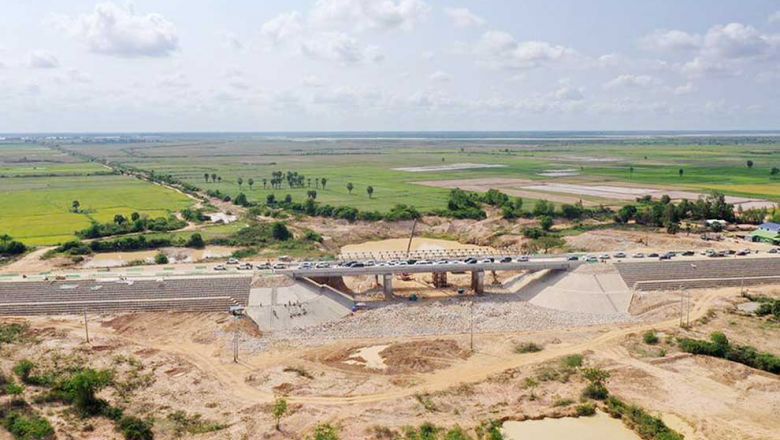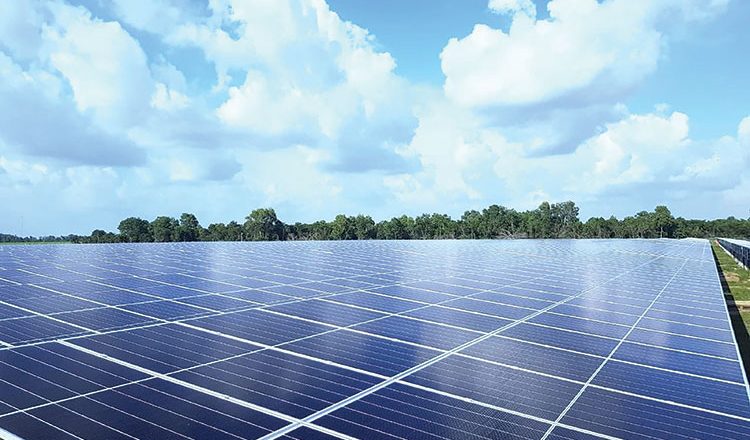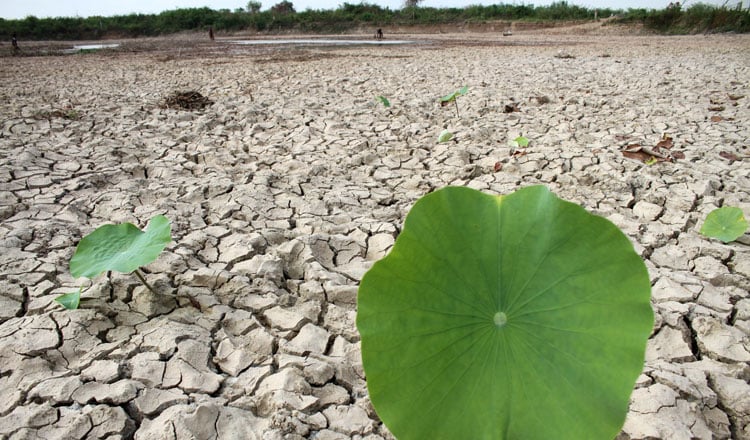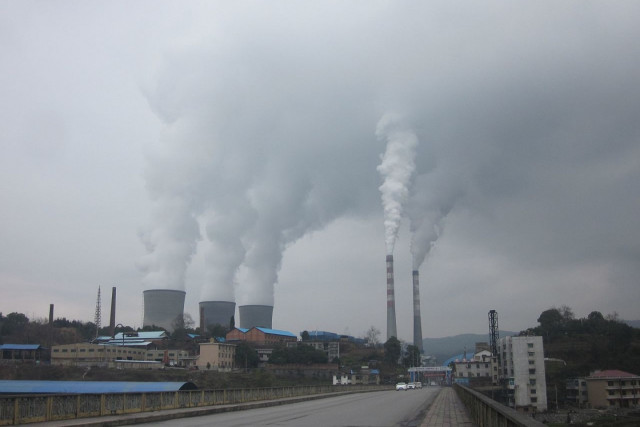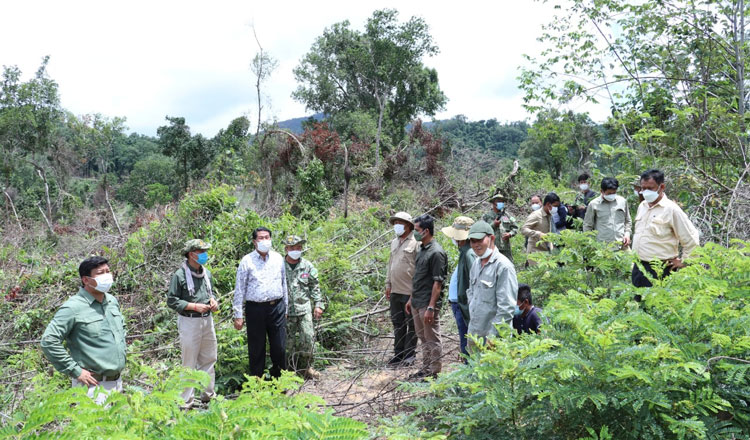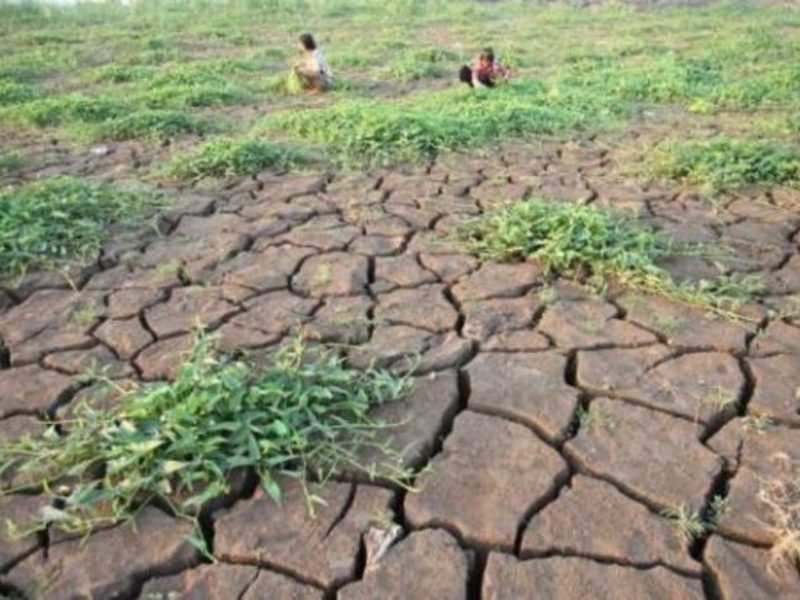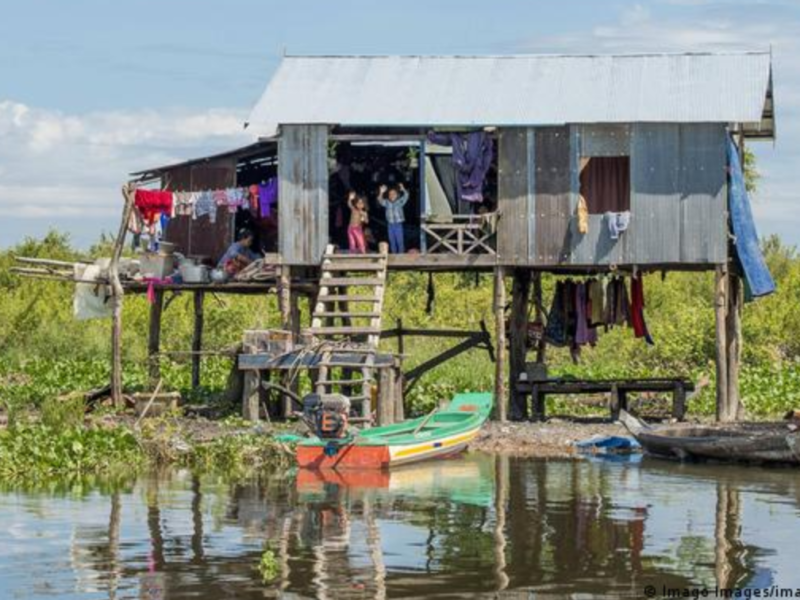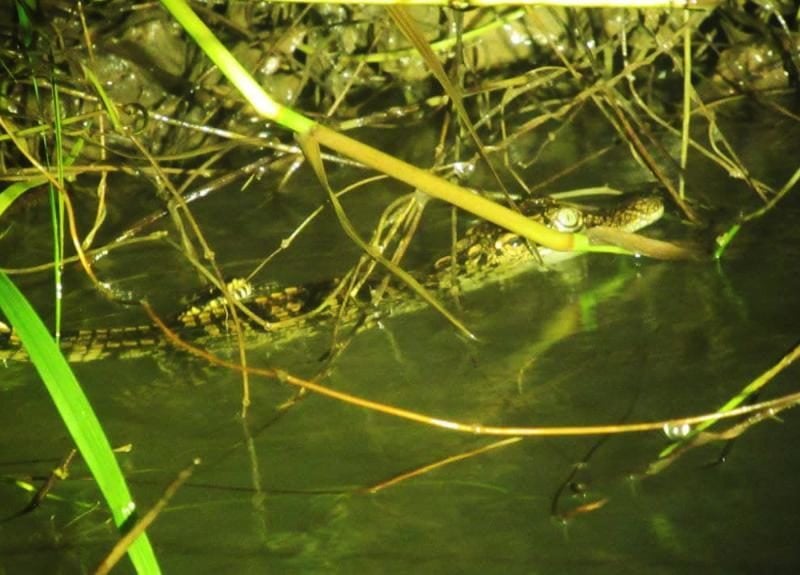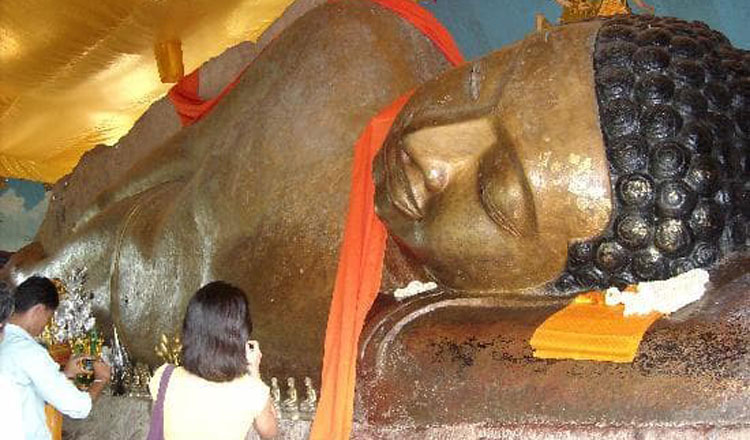The Asian Development Bank (ADB) has approved an $82 million loan to improve approximately 48km of national and provincial roads in Prey Veng and Kandal provinces to boost economic development along the Greater Mekong Subregion’s (GMS) southern economic corridor.
Category: Cambodia
CCCS stakeholders commit zero-carbon recovery and climate change
International stakeholders such as the US, Australian, and British Embassies in Cambodia have come strongly in support of the commitment and will cooperate to achieve carbon neutrality or “net-zero” emissions with the next few decades.
Droughts caused about $100 million in rice-production losses
Rainy season ice fields damaged by the drought over these five years had affected a total of 624,262 tonnes of rice production, valued at an estimated $100 million, read the report.
Could China’s coal call clean Cambodia?
The Chinese announcement may impact coal projects that have not closed finance and started construction — this includes the 700MW coal project in Koh Kong province and the deal with Laos to import 2,400MW of coal power and the powerlines through Prey Veng province.
Gold mining venture in Cambodia starts seeing returns
Ministry of Mines and Energy director-general for Mineral Resources Ung Dipola described the progress at the Okvau mine as a “source of pride” for the government and all the stakeholders, and it showed the untapped potential in the mining sector in Cambodia, which he termed a “sovannaphum”, or golden land.
Ministry reports illegal land grabs in Bokor National Park
Authorities have identified 201 cases of illegal land encroachment, involving more than 619 hectares, in Preah Monivong (Bokor) National Park from July 3 last year to July 31 this year.
Developing sustainable climate resilient infrastructure solutions in Cambodia
The Asian Development Bank, with support from the Pilot Program for Climate Resilience of the Climate Investment Funds, is assisting Cambodia to build climate-resilient infrastructure through a $588 million investment program called Strategic Program for Climate Resilience. The program led to the development of new regulations, technical guidelines, and legal requirements on construction of infrastructure specific to the nation’s three distinct geographic regions: the coastal areas, the highlands, and the central lowlands.
Cambodia: Climate change, Mekong dams threaten world’s biggest inland fishery
One of the world’s richest inland fishing grounds, Tonle Sap lake nourishes tens of millions of people. But climate change and dam construction are threatening livelihoods at the lake, as well as regional food security.
Siamese crocodile hatchlings find raises hope for conservation
Cambodia is a global stronghold for the species, with an estimate of 200 to 400 individuals remaining in the wild. The total global population does not exceed 1,000 mature individuals.
World Bank initiative to raise $54 million to help develop eco-tourism
The Cambodia Sustainable Landscape and Eco-tourism Project will be the World Bank’s largest tourism investment in Cambodia. It will take five years to carry out and will involve seven provinces including the Cardamom Mountains, Southeast Asia’s largest intact rainforest, the Tonle Sap Lake’s flooded forests and Phnom Kulen in Siem Reap.


